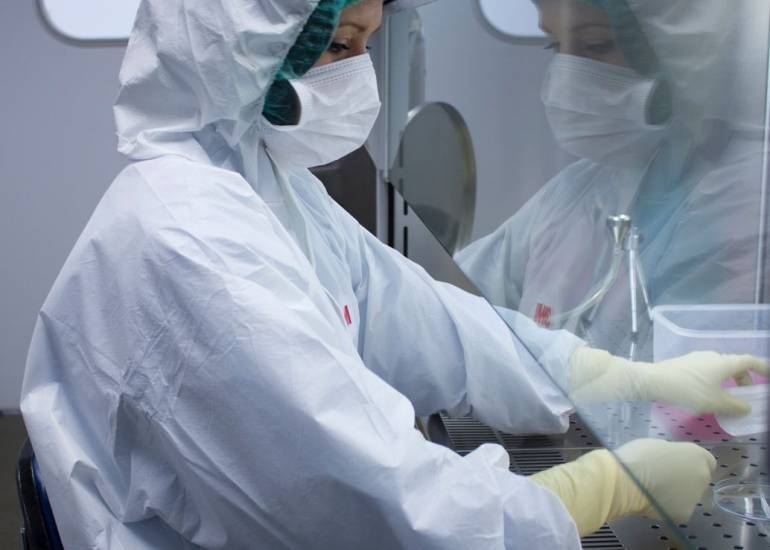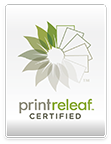

Cord Tissue, Another Source of Stem Cells.
Cord blood and cord tissue are each rich in different types of stem cells, so it makes sense that they have varying clinical applications. Cord blood is particularly rich in haematopoietic stem cells which are capable of regenerating the blood and immune cell systems when used in transplantation for blood and bone marrow disorders. On the other hand, the stem cells contained within the Wharton’s jelly layer of umbilical cord tissue are key players in regenerative medicine. These cells are called mesenchymal stem cells (MSCs) and although cord blood contains some of these cells, cord tissue is a particularly rich and valuable source.
Current scientific and clinical data is showing that the outcomes of cord tissue stem cell based therapy are very promising. Smart Cells firmly believes that storing umbilical cord tissue as well as cord blood is the most efficient way to store your child’s stem cells. Storing your child’s cord blood and cord tissue stem cells opens the range of opportunity to treat disease in the future.
Therapeutic Value
Cord tissue stem cells have been studied extensively for their ability help to heal or regenerate injured or diseased tissues. They have the ability to differentiate into certain different cell types such as bone, cartilage, nerve, adipose, cardiac, smooth muscle, hepatic and skin cells and are therefore extremely promising in regenerative medicine. They can also damp down harmful immune processes, possess anti-inflammatory potential and produce a range of proteins that can promote healing of damaged tissues at the site of injury.
The possible uses of MSCs, such as those that are abundant in cord tissue, are showing encouraging results in clinical trials. They are being used to treat cardiac disease, neural and spinal cord injuries, skeletal injuries, skin wounds, autoimmune and inflammatory diseases to name a few.
More about umbilical cord tissue collection and use
Transportation
Once collected, the cord tissue is safely and efficiently transported in a special solution designed to preserve the stem cells during the transportation process.
Processing and Storage
Once it arrives at the laboratory the cord tissue is processed immediately. Small sections or segments of tissue are placed in frozen storage in a manner designed to preserve the stem cells within the Wharton’s jelly layer. They will remain in storage for use in the future should they be needed.
Isolation Prior to Treatment
Cord tissue stem cells can be successfully isolated and expanded from thawed segments of the umbilical cord that has been collected and stored at birth. This process can be undertaken by specialist laboratories or treatment centres to yield the desired number of stem cells for therapeutic use.
References
- https://stemcellres.biomedcentral.com/articles/10.1186/s13287-020-02011-z
- https://www.researchgate.net/publication/338896676_Therapeutic_Potential_of_Wharton%27s_Jelly_Mesenchymal_Stem_Cells_for_Diabetes_Achievements_and_Challenges
- https://www.hindawi.com/journals/bmri/2015/430847/
- https://parentsguidecordblood.org/en/news/how-many-clinical-trials-use-cord-blood-or-cord-tissue
The effect of time and temperature during transportation of umbilical cord tissue on viability, functionality and differentiation potential of mesenchymal stem cells following cryopreservation and thawing. A. Smith, A. Sanchez, M. Fabra, N. Aparicio, E. Ainse, K. Hussain, F. Delgado-Rosas. Bone Marrow Transplantation, Volume 51, Issue S1 (2016), p S129-130.



